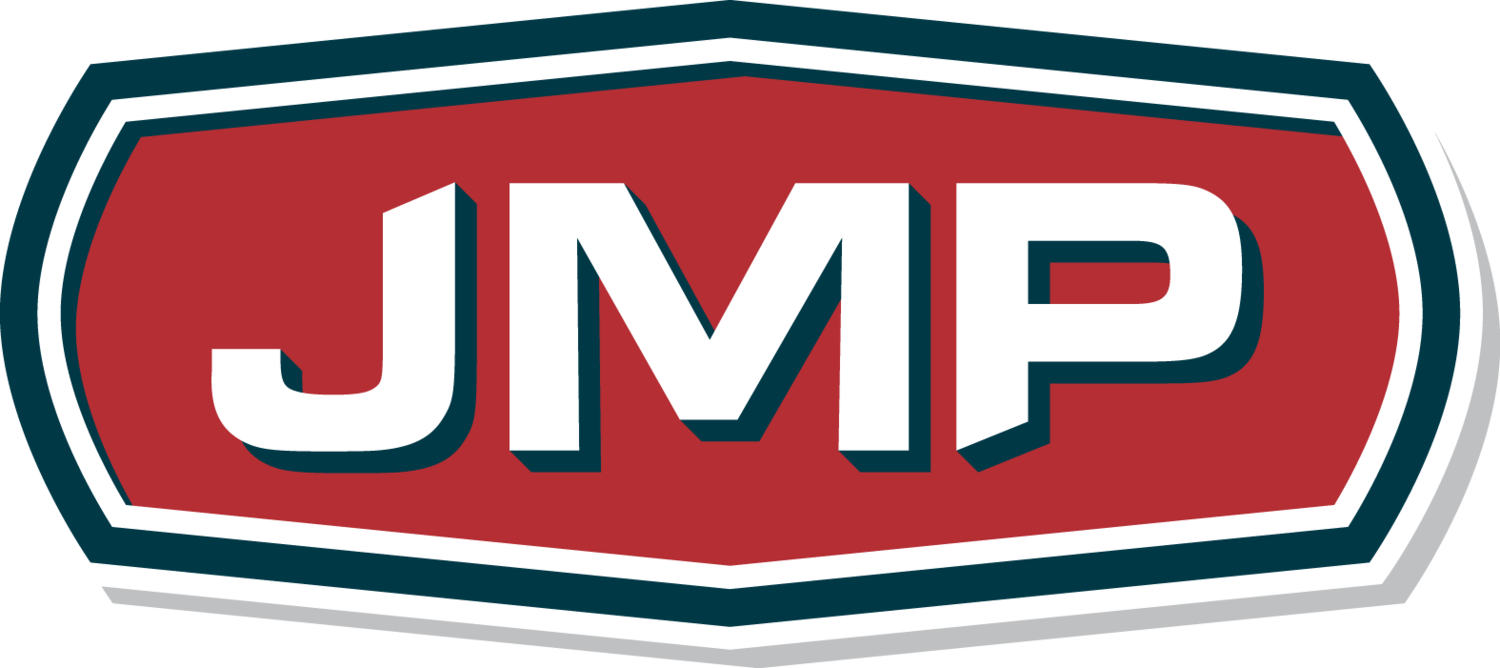Want to make sure the cooling towers in the systems you design operate as intended? If you are a design engineer, you are responsible for outlining the staging sequences of the cooling tower systems you design. This means putting together a list of the acceptable operational sequences, outlining what every piece of equipment will be doing at each and every stage.
Here's how you develop that list which the controls vendor will use to program the system...
Read MoreLarger facilities often have multiple cooling towers serving multiple chillers, enabling them to more closely match demand. Piping such systems can be a challenge, depending on the amount of flexibility desired. Here we describe the three most common approaches to piping multiple cooling towers and chillers.
Read MoreWe like to vary flow through our hydronic systems, don’t we? After all, less flow equals less pump energy. But when it comes to cooling tower performance and longevity, just be careful not to overflow or underflow the tower. Either scenario can lead to some pretty costly problems.
Read MoreCooling towers are one of the most effective strategies for reduction of cooling load – at least as long as you don’t invade their personal space. Cooling towers are far more likely to do their thing and do it well when they’ve got some room to breathe, preferably with an unobstructed view. Bad things happen when you crowd a cooling tower with walls or solid enclosures....
Read MoreLast time we talked about the impact that the wet bulb temperature has on cooling tower performance. In summary, it’s harder to evaporate water into air that’s already wet. (I.e. The higher the wet bulb, the harder a cooling tower has to work to evaporate enough water to maintain set points.) In this blog, we’re going to define what those set points are, how cooling towers are rated, and finally how these factors impact the cooling tower size and operation for a given application.
Read MoreJMP Equipment Company
Search
Series
Check Out Our Videos!
Get Updates from Us
Visit our Contact Page and let us know what information you'd like to receive.
Contact About Videos Sign Me Up
Powered by Squarespace


